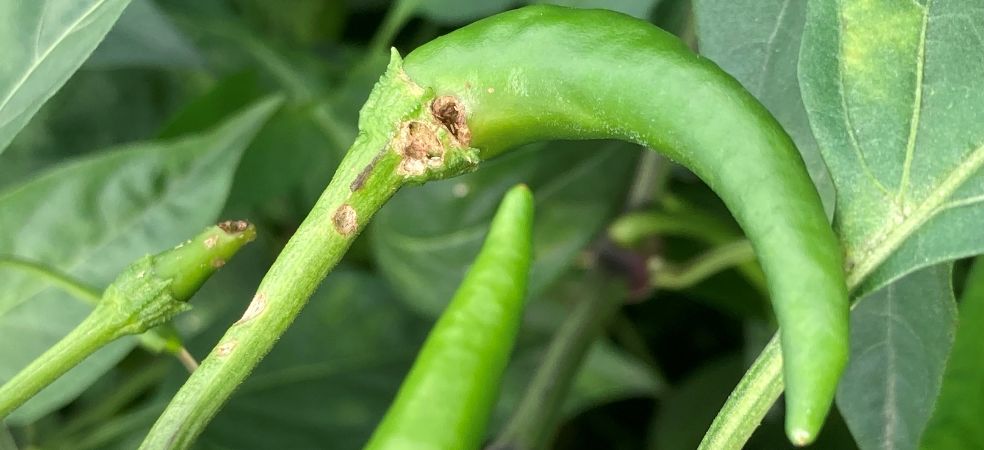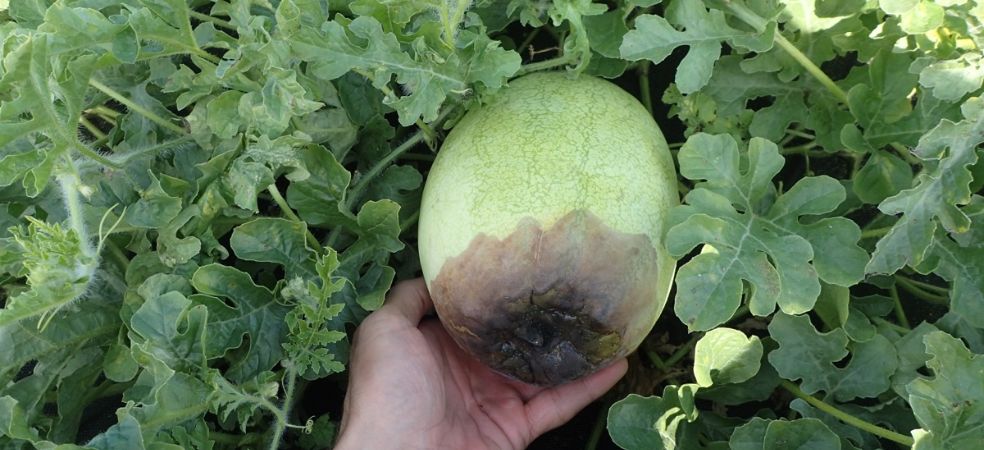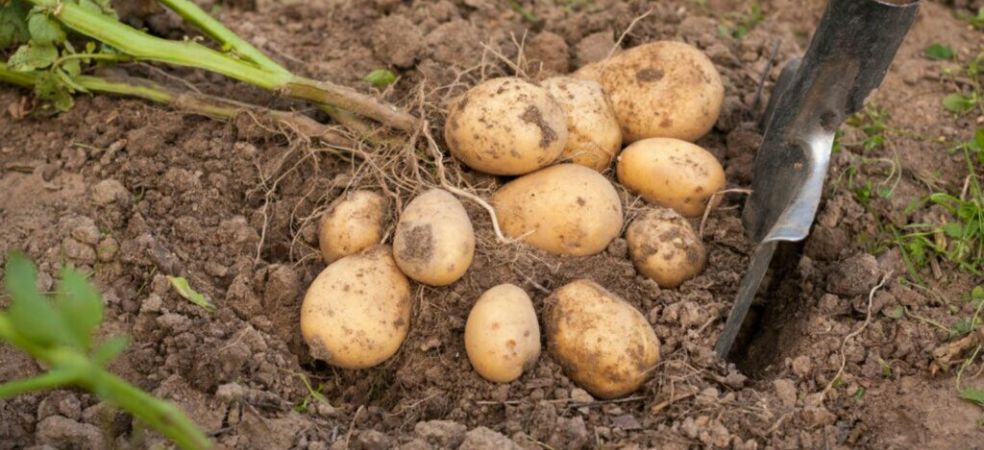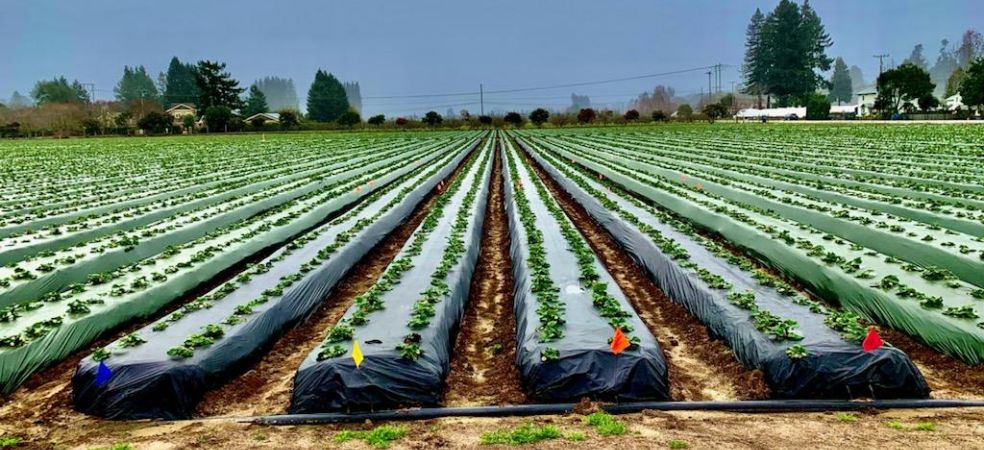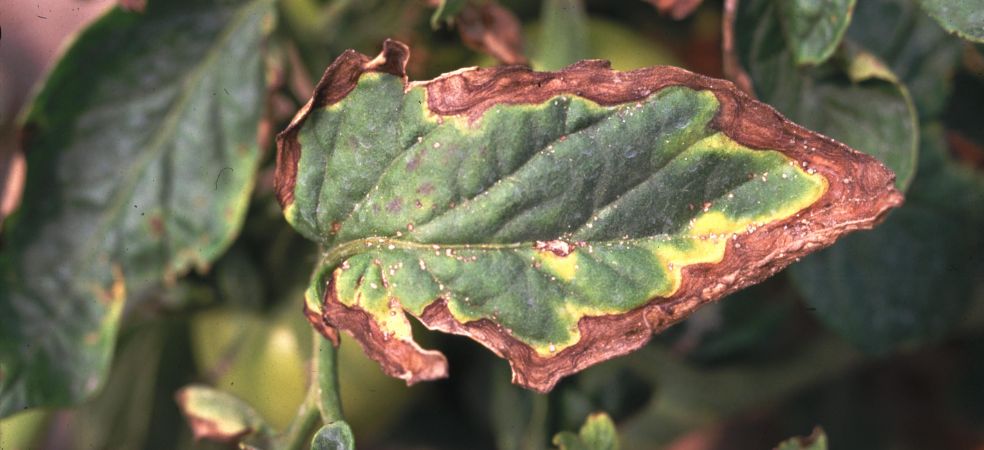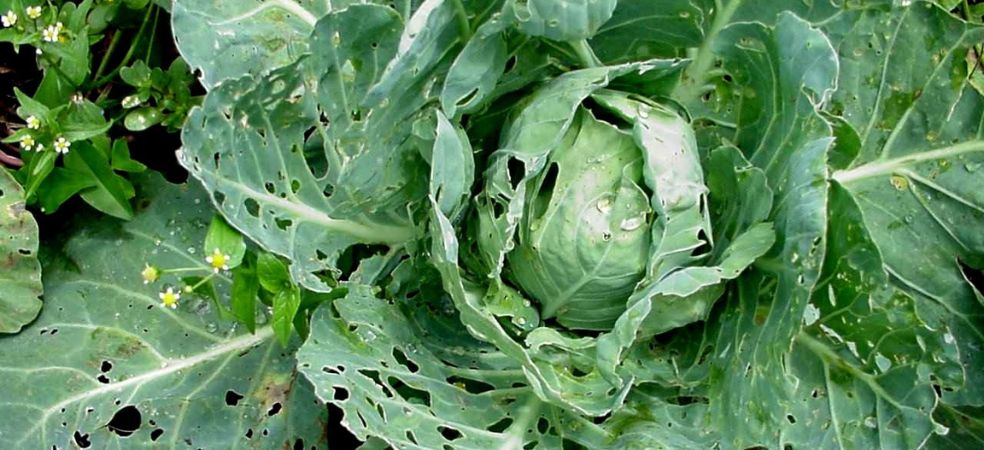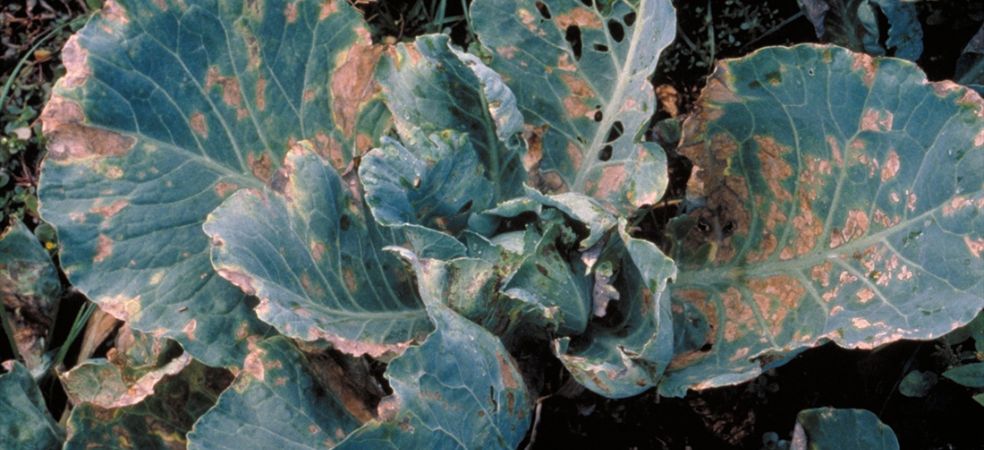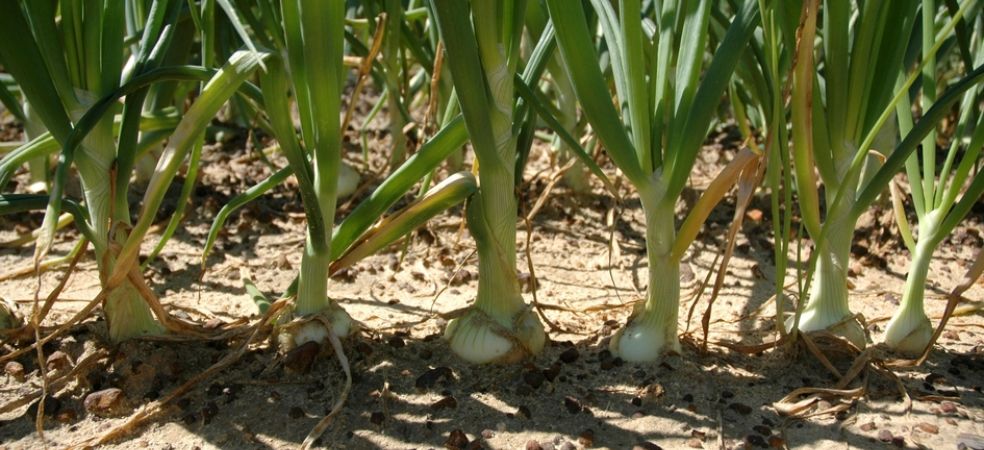Beauveria bassiana is a biological insecticide based on fungi. This fungus is found naturally in most parts of the world. Also, the spores of this fungus germinate as soon as they come in contact with the skin of the insect, and spread on the body of the insect, due to which the fungus spreads throughout the body of the insect and within 48 to 72 hours the insect dies.
Beauveria bassiana is also effective in high humidity and low temperature. It is beneficial for the prevention of pests like pod borer, leaf folder, leaf-eating insects, sucking insects, termites in the soil and white grub etc. in different types of crops and vegetables. Also, it controls the pest caused by fungus.
Method of use:
-
For soil application, 1 kg per acre mixed with about 75 kg of FYM should be used at the time of the last ploughing.
-
If pest infestation is seen in the standing crop, then spray at the rate of 250-500 grams per acre mixed with 150-200 litres of water.
-
Chemical fungicides should not be used before and after the use of Beauveria bassiana.
ShareFor such important information related to the agriculture sector and farmers, do read Gramophone articles daily. If you liked today’s information then don’t forget to share.


